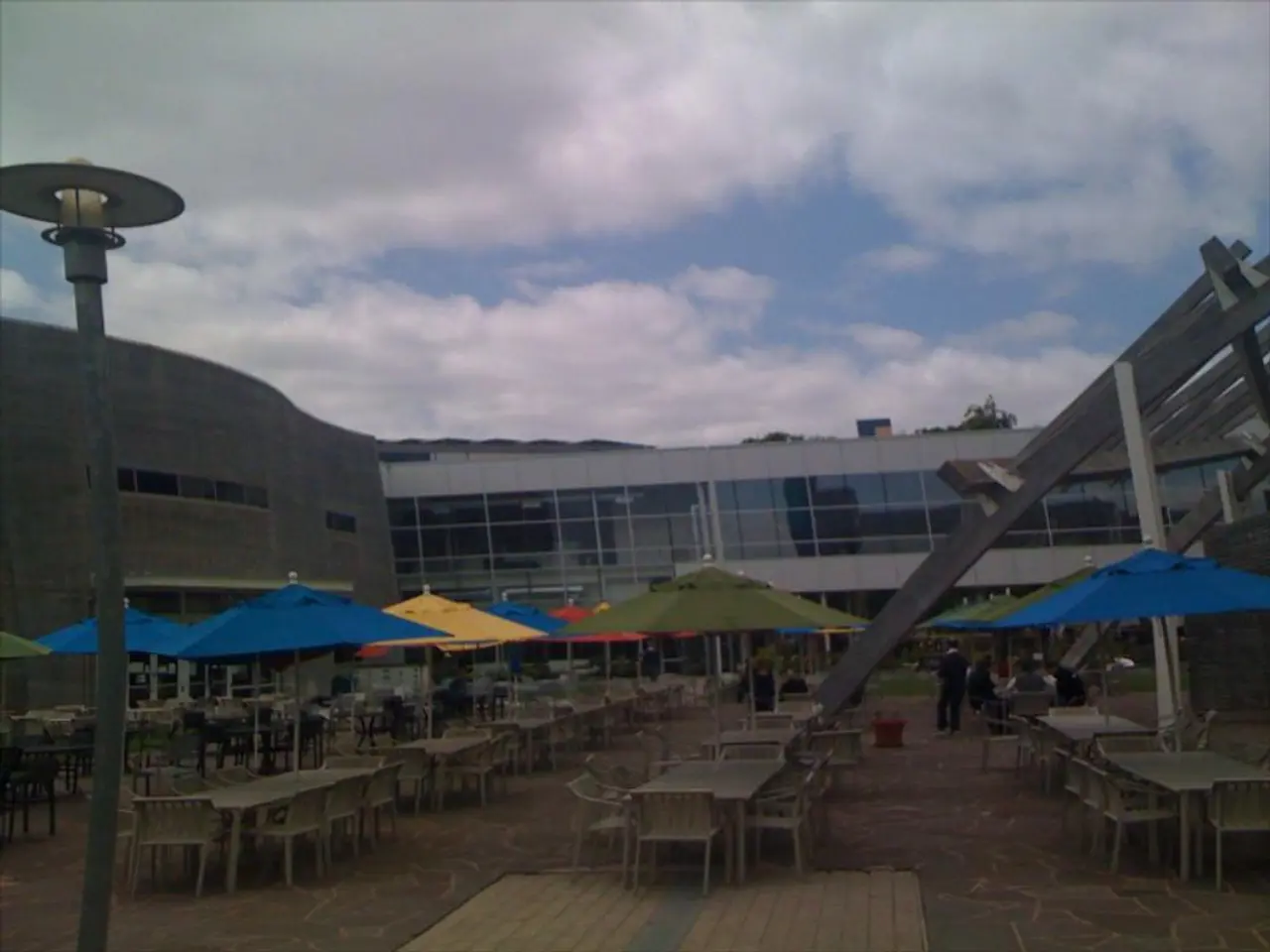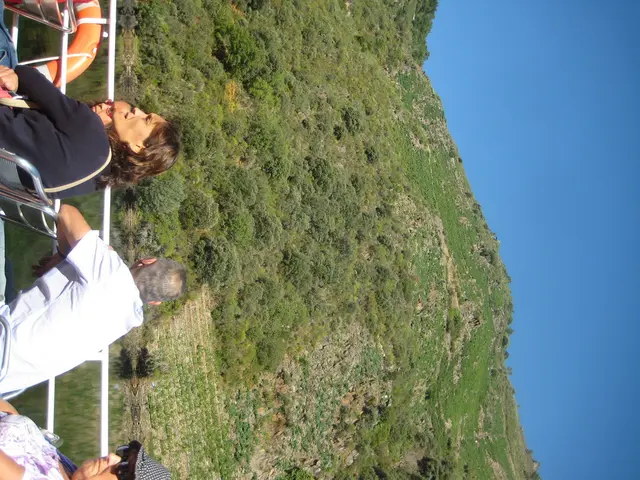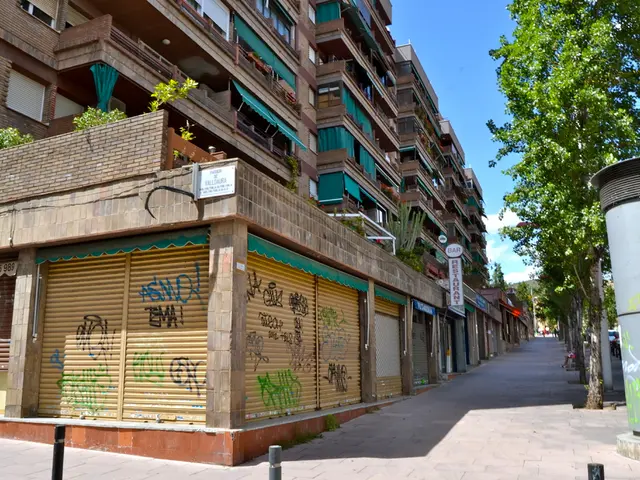Slowing Down Journeys: Comprehensive Insights into Thoughtful Tourism
Slow travel is an increasingly popular approach to exploring the world, offering a refreshing alternative to the rush of checking off destination bucket list items. By embracing a slower pace, travelers can immerse themselves in fewer places for longer periods, resulting in a calmer vibe and more memorable experiences.
The principles of slow travel revolve around slowing down and savoring the moment, deeper cultural immersion, and focusing on quality over quantity. This approach encourages travelers to avoid over-scheduling and instead immerse themselves in fewer, more meaningful experiences.
To practice slow travel, consider these key aspects: principles, itinerary planning, destinations, transportation, accommodations, and benefits.
Itinerary planning involves choosing fewer destinations, being flexible, and evaluating logistics realistically. Opt for staying longer in each place, ideally for weeks or months, rather than rushing between multiple cities or countries. Be prepared for your itinerary to adapt to what you discover and enjoy locally, rather than sticking rigidly to a pre-planned schedule.
Destinations for slow travel are typically smaller towns, rural areas, or places with rich local culture. Choose locations with robust local transportation and amenities that support long-term stays. Examples of such destinations include Kos in Greece, known for cheap long-term stays and good local transport access, and Visby, Sweden, an enchanting medieval town suitable for slow travel.
Transportation plays a crucial role in slow travel. Use local transport (buses, trains, shared taxis) instead of private or rapid transit to engage more with the community and save costs. Prefer walking or cycling to discover hidden gems and appreciate the environment at a slower pace. Avoid unnecessary flights, as traveling slowly means fewer flights and less packing, which reduces travel stress.
Accommodations for slow travel often involve long-term rentals such as Airbnb, vacation rentals, or apartments, which are often cheaper per night when booked for weeks or months. Consider budget options like hostels, budget hotels, house-sitting, or home exchanges to keep costs low while enjoying local living. Accommodation with kitchen facilities allows you to cook local ingredients, enhancing the local experience and saving money on dining out.
The benefits of slow travel are numerous. It is cost-effective, with long-term stays often coming at discounted rates. Slow travel enables understanding of local customs, language, and daily life beyond tourist spots. It reduces stress, with fewer transitions, less packing, and a relaxed schedule making for a more peaceful trip. Slow travel also offers opportunities to make friends, join local events, and feel like a temporary local, enriching your travel experience.
Lastly, slow travel supports sustainability by using local transportation and supporting the local economy. Platforms like Home Exchange, TrustedHousesitters, and Travel Insurance are available to facilitate slow travel and protect against unexpected events.
Whether you're seeking a week-long yoga retreat in Bali or a month-long journey exploring two or three destinations, slow travel offers a unique opportunity to connect, relax, and engage authentically with the places you visit. So, why not slow down and savor the moment on your next adventure?
- To fully embrace slow travel, it is suggested to focus on fewer destinations during itinerary planning, such as a week-long yoga retreat in Bali or a month-long exploration of two or three places, instead of rushing through multiple cities or countries.
- The accommodations for slow travel often include long-term rentals like Airbnb, vacation rentals, or apartments, which can be more cost-effective when booked for weeks or months, allowing travelers to save money and authentically experience local life.
- To maintain a budget-friendly slow travel lifestyle, consider accommodations like hostels, budget hotels, house-sitting, or home exchanges, and utilize local transportation like buses, trains, and shared taxis to engage with the community and save costs.
- By opting for slow travel, travelers can savor the moment, immerse themselves in fewer, more meaningful experiences, and reap the benefits of reduced travel stress, cost-effectiveness, and deeper cultural immersion, all while supporting sustainability by using local transportation and supporting local economies.




